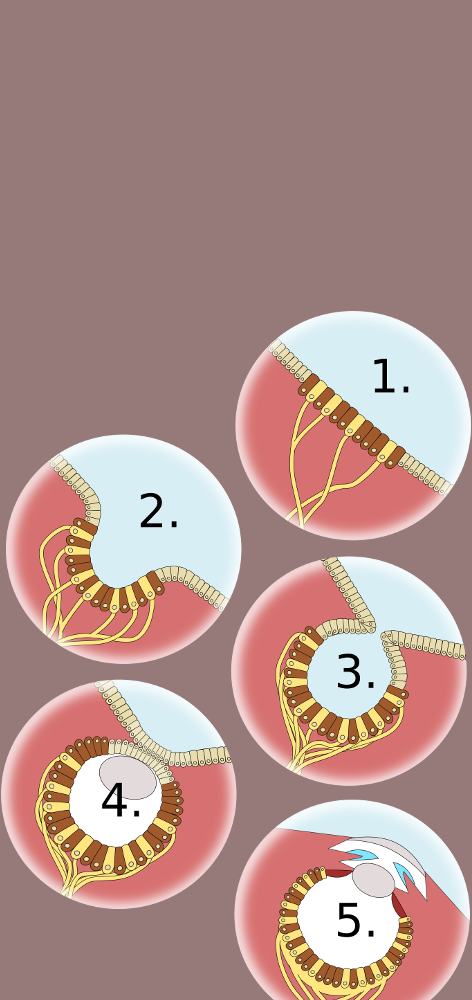Kubernetes is quickly becoming the industry standard for server operations. New software projects today are typically designed to be cloud-native. However, much of the software still running in the wild predates Kubernetes and containerization. This talk is a practical discussion with real-life examples of deciding whether to port a legacy application to Kubernetes and how to avoid common pitfalls once you’ve decided to do it.
Legacy Apps
How to move a WordPress blog to kubernetes
WordPress has been a popular blogging/website platform for decades, which means that there are a quite a number of old WordPress-based websites out there. But if you’re hosting one on a VM, it can be difficult to scale it, to maintain it, and to update the look without breaking it. Kubernetes to the rescue!
Cloud Native best practices recommend a clean separation among executable code (in the container), configuration (in the kubernetes manifests), and data (in the database and/or mounted volumes). But WordPress was first designed before the widespread use of containers — so, unfortunately, the code, configuration, and content data are all jumbled together in the filesystem.
Ultimately deploying WordPress on kubernetes is quite doable — and enforcing the separation of components (code/configuration/data) makes it easy to deploy as many copies as you like, which simplifies maintenance and scaling (compared to running it on a VM). But the standard WordPress docker images need to employ some ugly hackery to get the code and configuration into a writable volume for it to work — so the initial setup can be delicate.
If you would like to migrate an existing WordPress blog/site to kubernetes, you will need the following:
